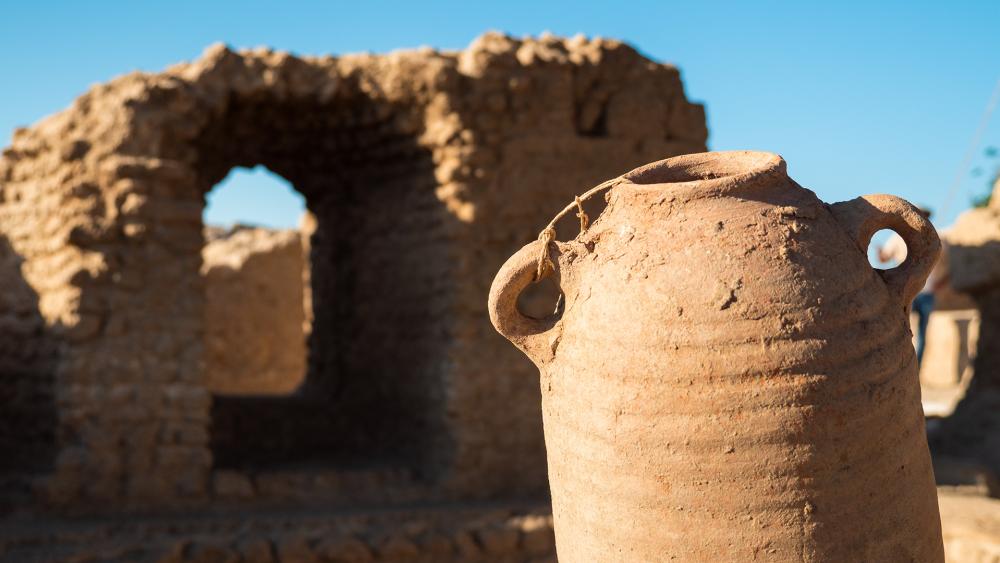A sprawling wine-making factory from the Byzantine era was uncovered in southern Israel recently. It’s the largest known complex of its kind from that time period in the world.
Israeli archaeologists carrying out a salvage excavation before the Israeli coastal city of Yavne could expand, uncovered this huge complex.
“This area was one of the major centers of winegrowing and wine production for international trade,” said Israel Antiquities Authority (IAA) archaeologist and Excavation Director, Dr. Jon Seligman.
In use during the fifth and sixth centuries, the industrial facility would have produced and marketed more than two million quarts of wine each year.
Known as Gazan wine, it was named for the port from which it was exported to the Mediterranean basin.
“This was a white wine, a wine of high quality,” Seligman told CBN News at the site. “It was certainly a prestigious wine. This was a wine that we know was presented during the coronations of Byzantine Kings. Justin the second had wine from this region — what was called Gazan wine — presented at his table during his coronation.”
The IAA began the excavation here in 2019. It’s one of the largest excavations the IAA has ever carried out.
“This is what is revolutionary in the way that we have not one single wine press somewhere in the field, but we have five wine presses of huge size, for mass production of wine all together in a cluster,” Seligman said.
Situated in a well-planned industrial zone, there are roads connecting them.
Seligman explained that the grapes would be trodden by foot and the juice would flow through a channel into a dumping area and filtration pit where the skins would be separated from the juice and then flow into vats for three or four days of fermentation.
Then, the wine would be collected and put in jars in the warehouses.
“So the aging would have taken place over a relatively short period in these large warehouses. The wine would have been taken to the port and then exported abroad or drunk here in the various sites around the city,” he said.
Christians, Jews and Samaritans would have been living in the area at the time. The grapes would have been grown in the surrounding vineyards and the site even had kilns for making the jars.
“They have like a torpedo shape. And that was something that was known to people. Just like, you know, what a cola bottle looks like without having the word cola written on it,” he said.
According to Seligman, wine was often the drink of choice in those days because of the poor quality of the drinking water.
Excavations at the site are scheduled to continue for two years. Afterwards, the city plans to build a bridge over it to make it accessible for tourists.
***As the number of voices facing big-tech censorship continues to grow, please sign up for Faithwire’s daily newsletter and download the CBN News app, developed by our parent company, to stay up-to-date with the latest news from a distinctly Christian perspective.***


